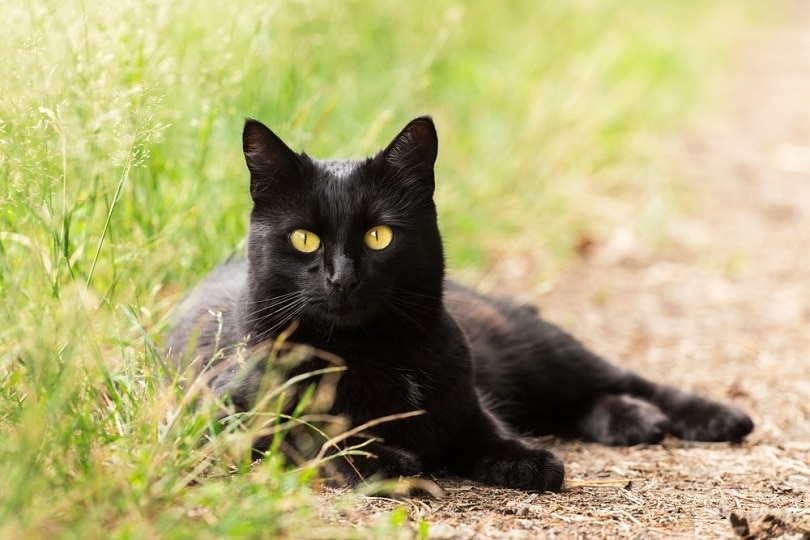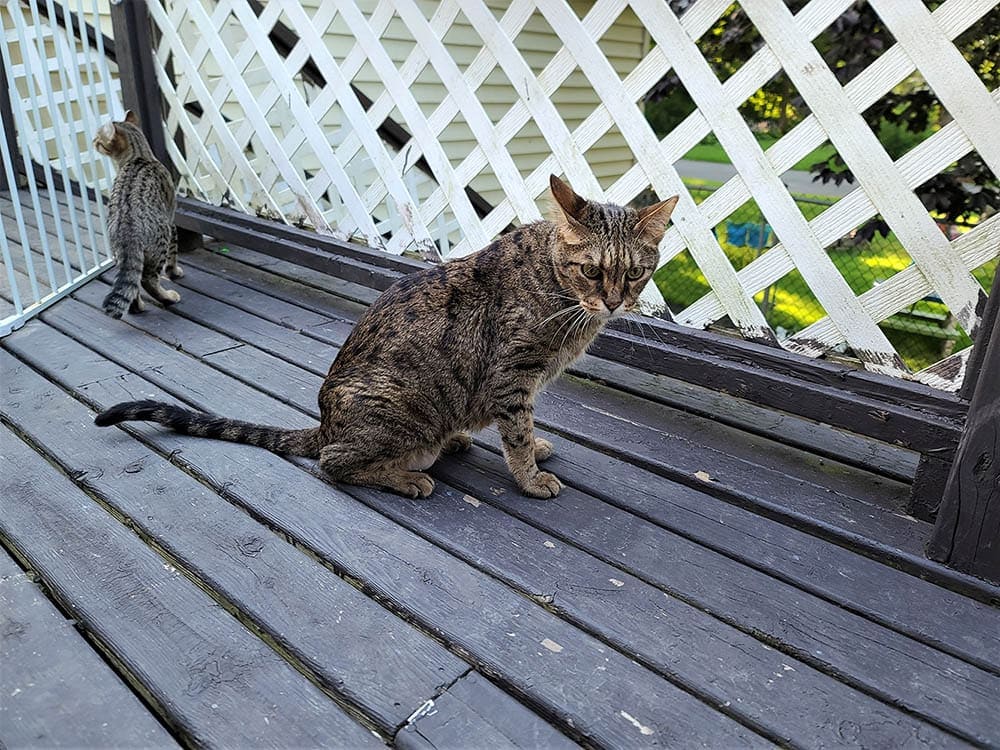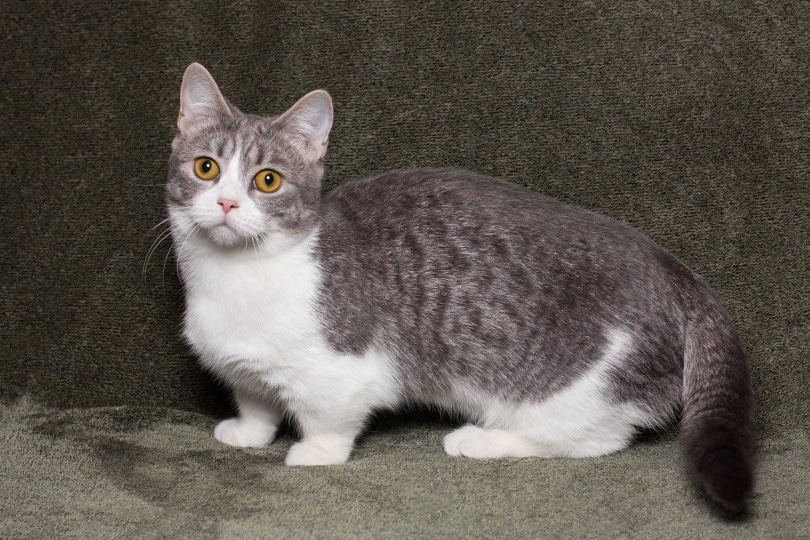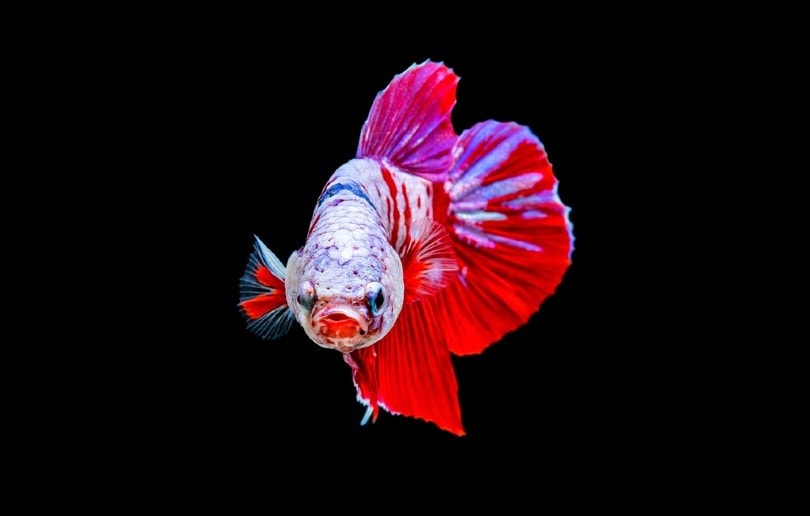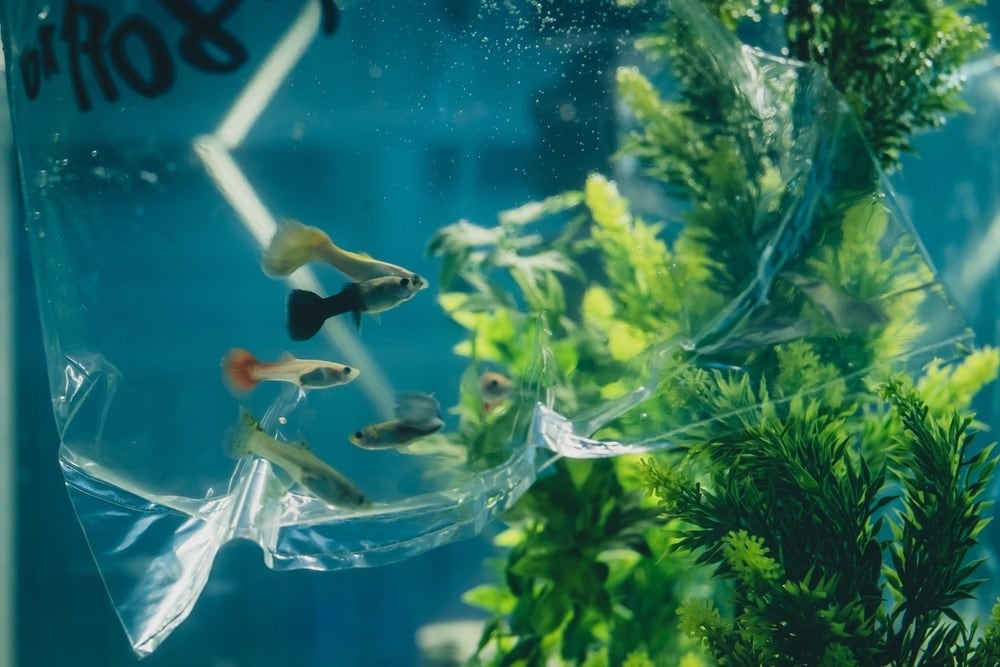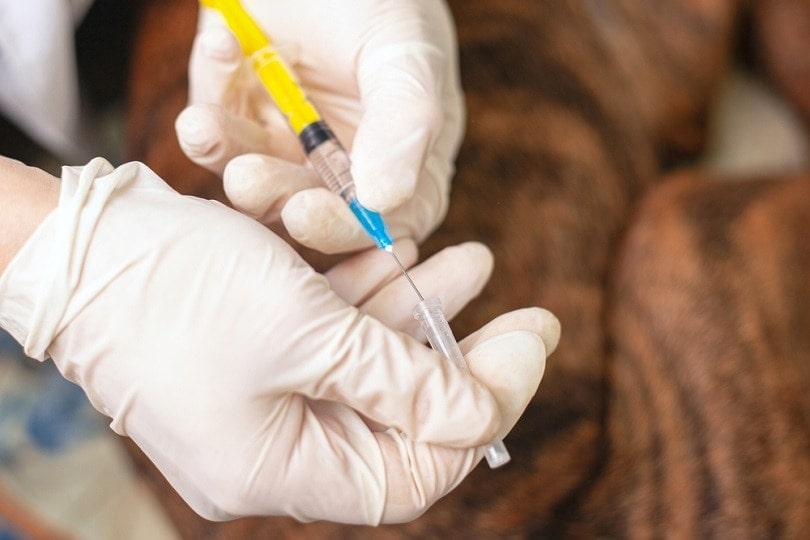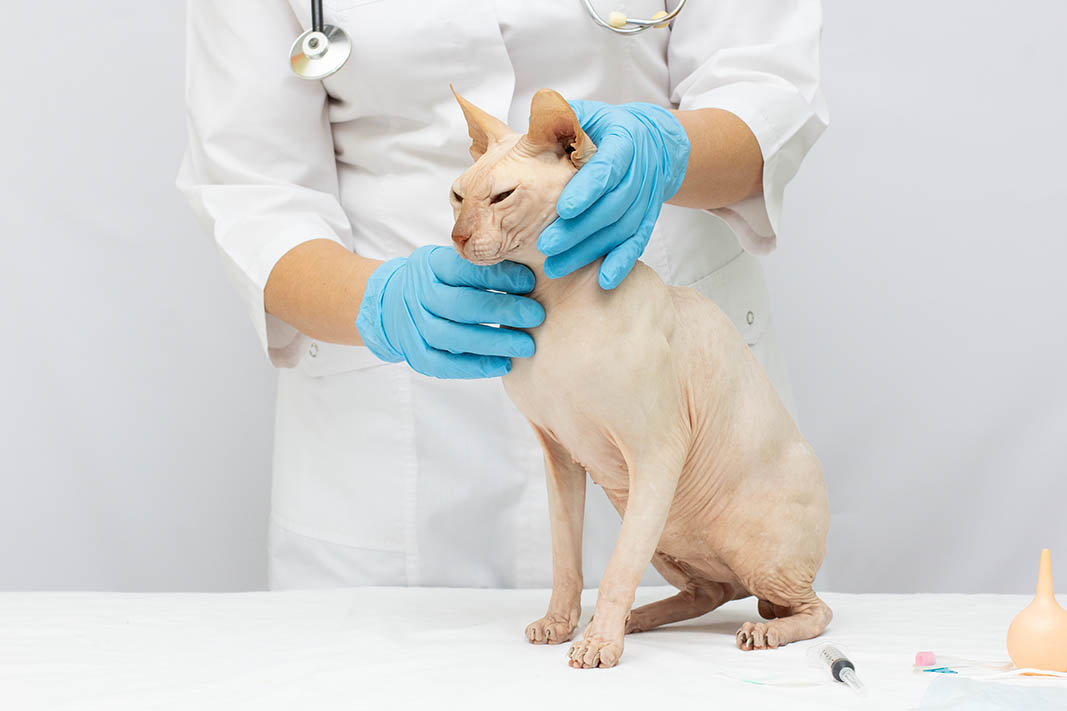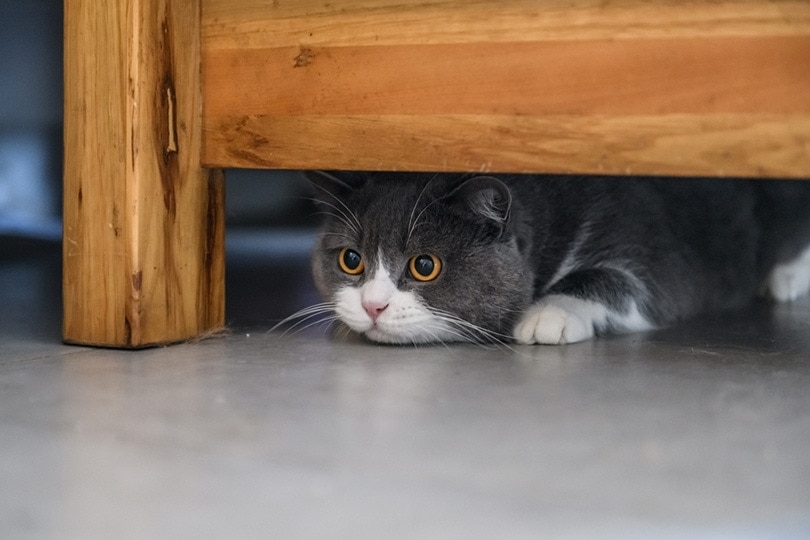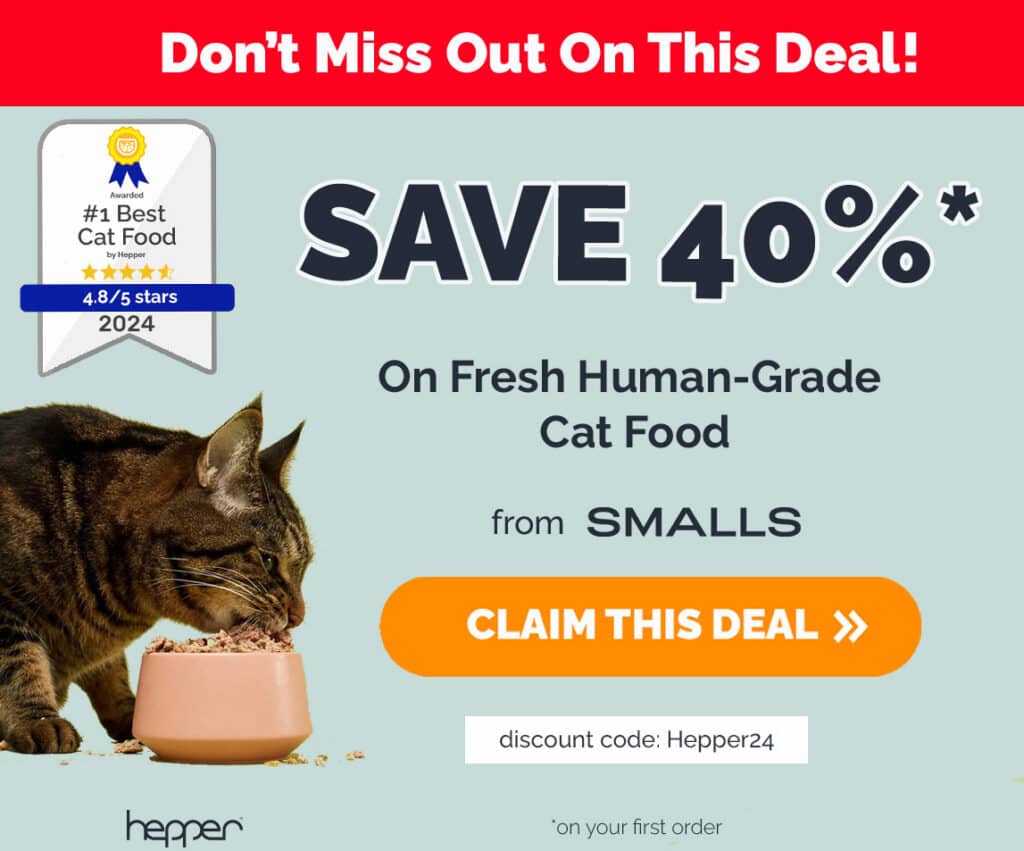Can Cats Eat Gum? 3 Vet-Approved Health Risks

Updated on
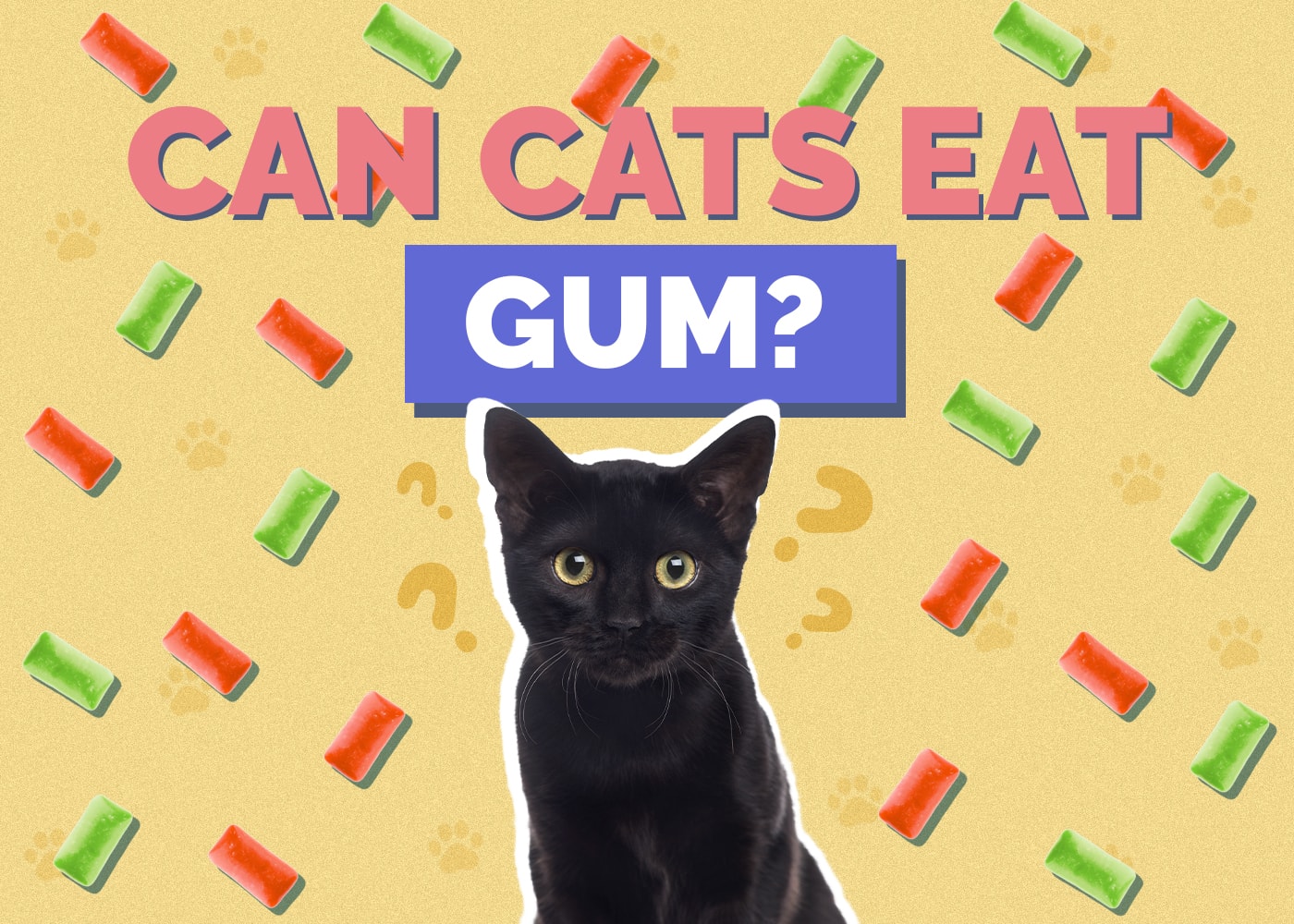
When many of us were young, we were scared witless by the perceived dangers of swallowing gum. After all, we were told that it would stay in our stomach for 80 years or that we would begin farting out gum bubbles! Fortunately, in reality, ingesting gum doesn’t do much to harm us. However, many gums on the market can be toxic to cats due to the added sweetener xylitol, though the true extent of the effects of xylitol in cats is admittedly poorly understood. Regardless, cats should not eat gum due to the choking hazard that it poses for them.
While xylitol is proven to be toxic to the point of fatality to dogs, the effects on cats seem less severe, according to the ASPCA.1 That said, many other reputable sources cite totally different responses! Here, we explore the ins and outs of potential harm from your cat eating gum, so you can be best informed about potential risks around your household.
The 3 Risks of Gum for Cats
1. Xylitol
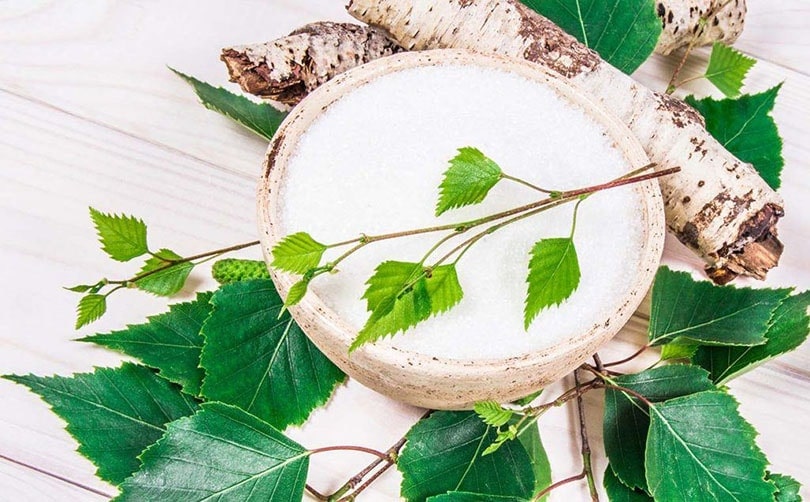
A key ingredient for many gums on the market today is a sweetener named xylitol. Technically a sugar alcohol, it’s naturally derived from plants. For humans, it’s supposed to be a healthier alternative to sugar, as it contains fewer calories, doesn’t contribute to cavities, and does not interfere with blood sugar levels. For those reasons, it’s prevalent in many of the popular sugar-free gums you can buy from the store.
Cats are not very well-known to eat many random things in the household (not like the family Labrador!), so there are not many cases of gum-eating cats to draw conclusions from. It is well known that xylitol is toxic to dogs, but it seems like the same effects are not seen in most cats.
The ASPCA and other veterinary poison services do not consider xylitol as toxic to cats as it is to dogs, but it is still a compound that cats should steer clear of. A study that has been conducted on a small number of cats suggests that the effect of xylitol may not be a concern in this species, and they do not seem to develop the same signs as dogs, but the sample size is too small to draw any certain conclusions.
Xylitol is not considered a safe ingredient for cats, as currently, there isn’t enough reliable scientific evidence to explain the difference in toxic effects between dogs and cats and its effect on felines. The toxicity in dogs causes a spike of insulin and a dangerous drop in blood sugar levels, also called hypoglycemia, and in some cases, it even leads to liver failure. The toxicity levels of many gums are incredibly dangerous and often fatal to dogs, and this is one of the reasons that most veterinary professionals exercise the same caution with our cats, due to a lack of scientific evidence.
Xylitol can be called alternative names on the ingredients list of products, including:
- Birch Sugar
- E967
- Xilitol
- Xylit
- Xlite
It can also be found in many other items around your home, so always check the ingredients of things you bring into the home when you have pets.
- Chewing gum
- Fruit drinks
- Baked items
- Dental products
- Low sugar puddings
- Medicinal products
- Sugar-free peanut butter
- Ice cream
- Cereals
- Related: Can Cats Eat Stevia?
2. Choking
Have you ever been chewing a piece of gum and accidentally almost inhaled it to the point that it got caught in the back of your throat? If so, you will know that even a small item like a piece of gum can cause a serious case of choking.
Now imagine that same small piece of gum but in the mouth of your wee furry friend! They’re a lot smaller than you are, and the risk of the soft, sticky piece of gum getting stuck anywhere in their mouth or at the back of their throat, obstructing the airway, and leading to choking can be a lot higher for them.
If your cat is experiencing any signs of choking, which may exhibit as pawing at their mouth, gagging, retching, coughing, drooling, heaving, staggering, collapsing, and having blue gum color, you need to get them to a vet immediately or try removing the cause from the back of their mouth. This may be very difficult and even dangerous in a cat that is choking and panicking at the same time, and you may get bitten badly. You can attempt the Heimlich maneuver, as in these situations, time is of the essence.
The pieces of sticky gum can also get stuck on your cat’s paws and fur, and you can try to safely and gently remove this yourself or take your cat to the vet for them to do it.
3. Gastrointestinal Upset
Another risk is that gum is simply not made to be digested. Its chemical makeup can’t be broken down by humans and especially not by cats. In the best-case scenario, ingested gum will simply pass through and be pooped out whole. But gum also has the risk of causing a stomach upset or rarely, a blockage in the digestive system if a large amount was eaten, especially in small cats and kittens. This won’t allow anything to pass by it and causes the impaction of ingested foods in front of the blockage.
Some of the signs your cat may exhibit are drooling, vomiting, reduced appetite, abdominal pain, diarrhea, or straining to pass feces. That said, a blockage from eating chewing gums is rarely seen and would require a significant amount to be eaten.
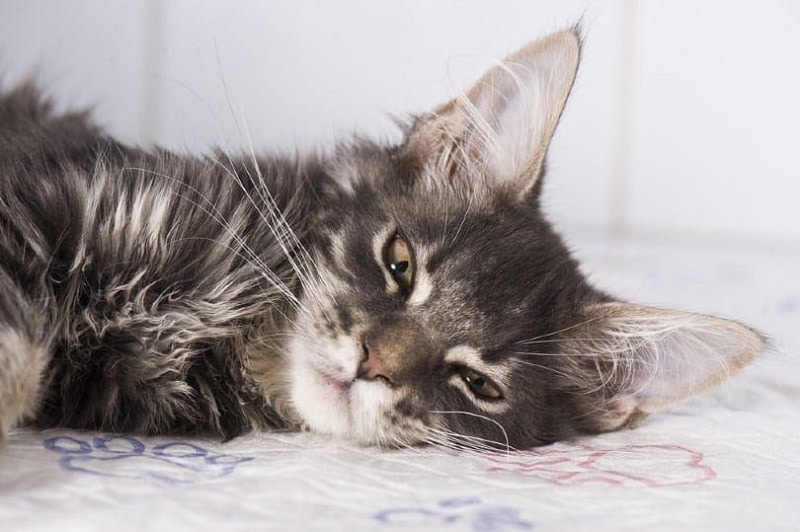
What Should I Do If My Cat Eats Gum?
If you suspect your cat has eaten some gum, give your vet a call. They will advise you on the best course of action, depending on the type and amount of the gum, the size of your cat, and the signs they may be exhibiting. It may be just a question of monitoring, while some cats need to be brought into the office. In addition, immediate support can be provided from the ASPCA’s Animal Poison Control Center (888-426-4435).
It can be frightening to see our pets eating something they shouldn’t, as regular cat owners knowing the full extent of risks is unlikely, so getting professional help is absolutely vital. A veterinarian will be able to treat and monitor your cat if that is what they require. A proactive approach is better and safer than waiting to see how it goes.
Now that you know what you can safely feed your cat, it’s just as important to find a bowl that supports their health and well-being. With whisker-friendly bowls and a wide tray to catch any spills, our Hepper NomNom Cat Bowl is our favorite option.
Final Thoughts
Gum may not be directly toxic to cats, but it isn’t safe for them to ingest either, especially if it contains xylitol. Furthermore, there are risks associated with the gum in your cat’s mouth, the back of their throat, and the gastrointestinal tract that extend beyond the gum’s ingredient list.
Little is known about the potential effects of gum on cats because fortunately, cats are not all that fussed about eating gum. It’s not very common for them to eat something so strange such as a sugary stick of gum, as they lack sweet taste receptors, but it’s still best to keep it away from somewhere they may get a hold of it.
Featured Image Credit: Marvin Meyer, Unsplash




